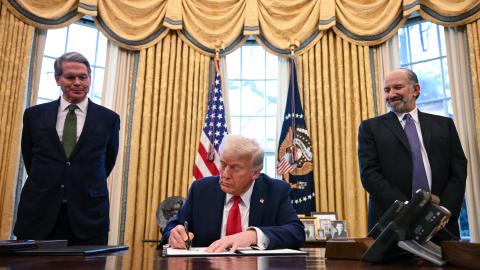The India-China border standoff seems likely to endure, notwithstanding New Delhi’s efforts to defuse the crisis. China seems to have consolidated its position along the 4,056 kilometre-long Line of Actual Control and refuses to vacate Indian territory. During talks, Beijing insists the People’s Liberation Army is on Chinese territory and that Indian aggression is to blame for the current fracas.
While the Narendra Modi government continues to place faith in diplomacy as the way out of the current imbroglio, it would do to well to bear in mind Beijing’s tried and tested playbook: first, instigate a border conflict; then, display aggression and rattle sabres; finally, summon traditional and social media platforms to accuse the other country of belligerence.
After being caught unawares initially, India’s response has focused on gaining through negotiations what was lost on the ground. New Delhi continues to build its long-delayed military infrastructure along the Line of Actual Control (LAC), ensure the military has key spare parts and supplies, and use limited economic coercion.
Not the first clash
This is not the first time in the recent past that India and China have had a border standoff. Four times since 2012 and twice in the last three years, India was surprised by China taking over Indian territory or threatening Indian border infrastructure along the hotly contested border. The latest row centres primarily on Ladakh (Galwan Valley, Pangong Tso, Hot Springs), though, other locations such as Himachal Pradesh and Uttarakhand are on high alert too. Clashes have been reported in Sikkim as well.
At least twice during the past five months, there have been violent clashes between troops of both countries. The first on 15/16 June when 20 Indian soldiers died, and many others were injured. China’s PLA never revealed how many on its force died or were injured. On August 29/30, there was another clash, this time between the PLA and an elite Indian special forces unit, the SFF (Special Frontier Force), raised from Tibetan refugees who reside in India.
The endgame is to convince the other country’s leaders that the only option is to talk to China and avoid conflict. This leads to a semblance of ‘win-win’ cooperation and enhances Chinese prestige, all without forcing China to surrender one inch of its territory or give up on any core interest.
On the one hand, the Wuhan and Mamallapuram summit diplomacy did not change the Communist Party of China’s policy towards India. And on the other hand, New Delhi lost crucial time.
What will change China’s calculus
China has no intention of giving up territory that it has seized along the four thousand kilometre-long border. It has repeatedly changed maps, not just of the India-China border, but also of its claims in the East and South China Seas.
Dialogue and discussions will not change Beijing’s intentions, nor will the notion that India is too large a market to deprive Chinese corporations. While personal ties between leaders may matter in countries like the US, Australia, Europe, and Japan, they do not factor in how China conducts its foreign policy.
The Chinese state understands power, and Beijing’s calculus about New Delhi will only change when instead of viewing India as a chaotic inward-looking democracy that rarely focuses on economic growth or military powers, it starts viewing India as a strong democracy with military and economic power to reckon with in the Indian Ocean Region.
The long game
China has, over the decades, built a strong economy, modernised its military, built strategic infrastructure on land and in sea, and fortified territory on its side of the border with India. New Delhi is still playing catch-up on many fronts, primarily economic and military. While India has built strong partnerships with South Asian countries and the United States, it has yet to fully harness those relations in a strategic sense.
More than any other single factor, China’s ascendancy presents problems that cannot be remedied with merely tactical fixes: banning apps, surgical strikes, purchasing new weapons or augmenting troop deployments. China demonstrates a full spectrum of threats to India: troops on the border, access to international finance, and regional instability.
The simple reality that a massively powerful state with a penchant for aggression exists on India’s borders should serve to jumpstart economic reforms and allocation of resources towards the military.
The Indian military budget has declined over the last decade, and in 2020, India’s defence spending stood at around $74 billion and China’s at $179 billion. China now has the world’s largest navy and double the number of modern fighter aircraft as India. Moreover, India just experienced its worst economic downturn, but China has managed to do better than any other economy.
A clear message to China
The rise of China situates one of the world’s most powerful countries as a rival on India’s doorstep. China’s rise is hardly a single conflict; instead, it is a clash between two civilisations, which intersects on political, social, security and economic levels. Rather than personal diplomacy or quick fixes, what is required is a fundamental overhaul of India’s strategic outlook.
In the immediate term, India needs the ability to make multi-dimensional moves, just like China. To ensure progress at diplomatic and military negotiations, New Delhi needs to up the ante against Beijing, not just on land but also in the sea where the Indian Navy has natural advantages and many partners. Like was done with Bangladesh, India needs high-level engagement to mend relations with other neighbours to reduce Beijing’s manoeuvrability to encircle New Delhi. And finally, while diplomacy may not work with China, it is a useful way to send a message to Beijing: India has partners around the world who are there to help in times of need.
Read in The Print


















